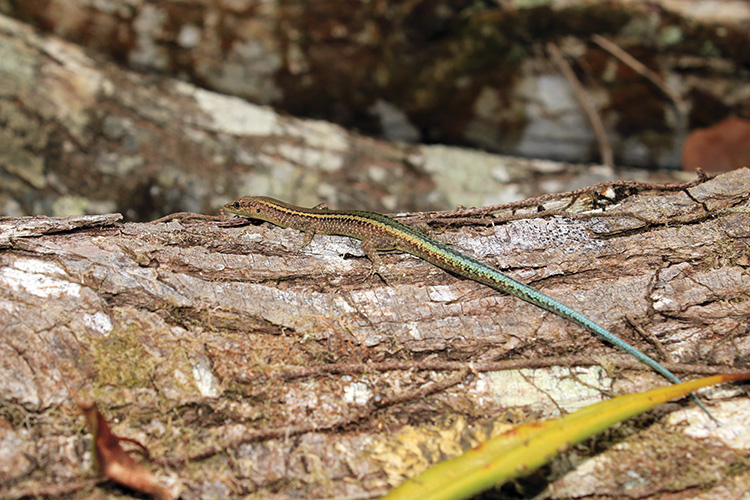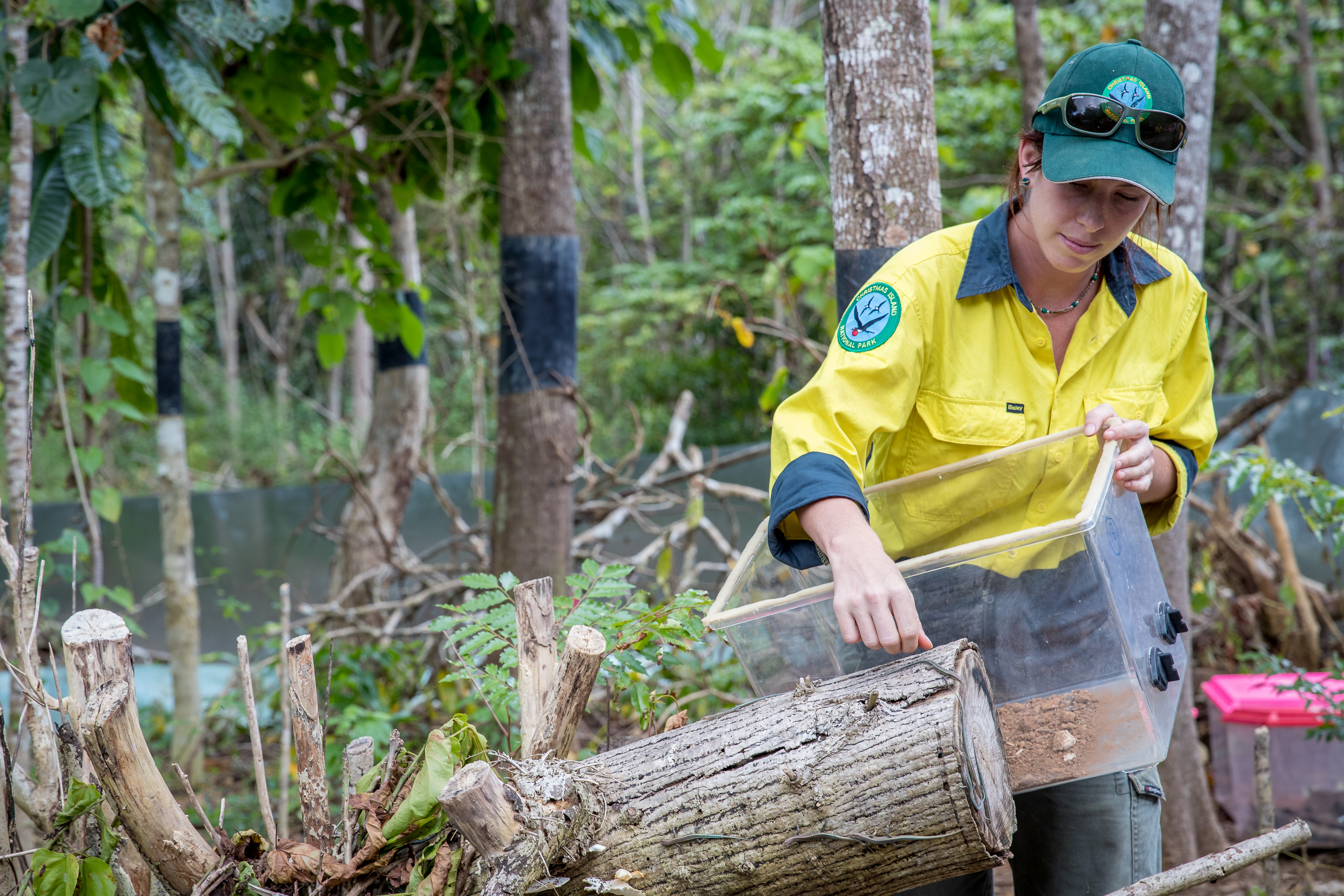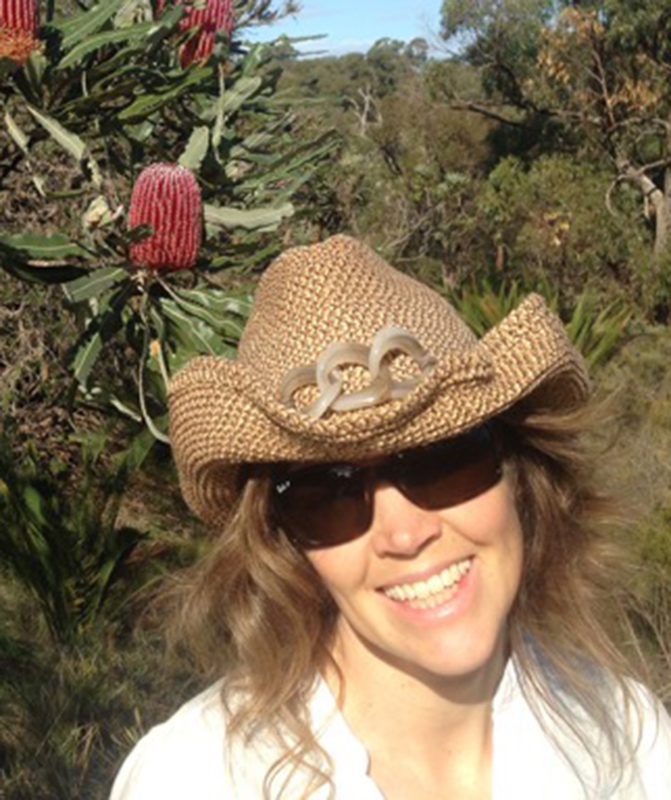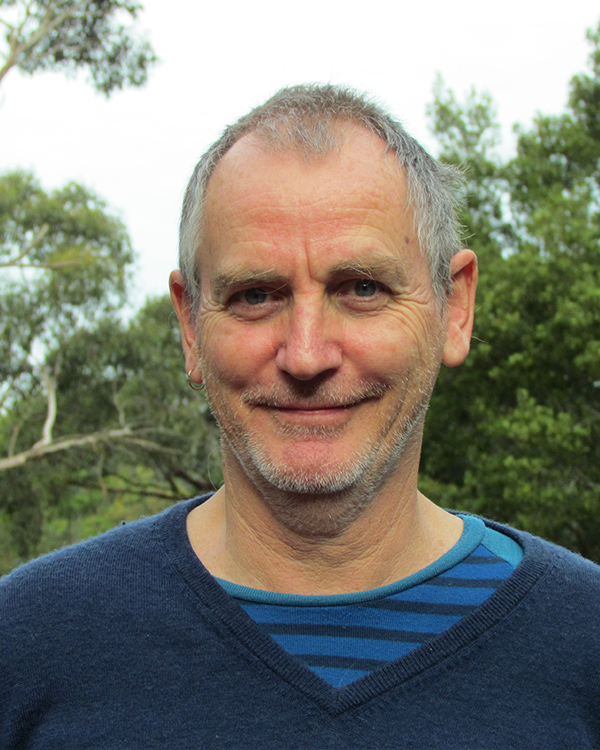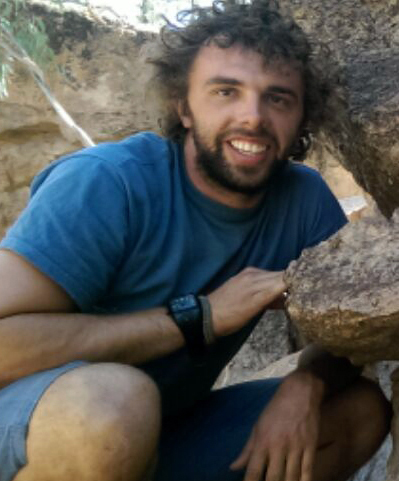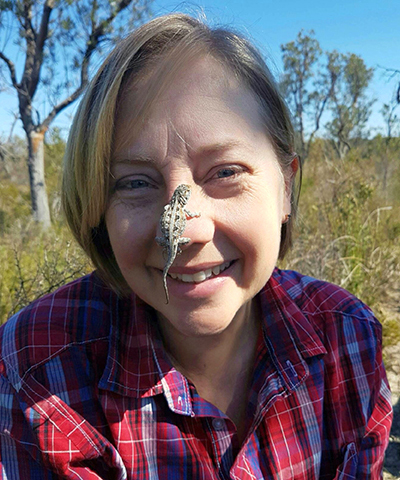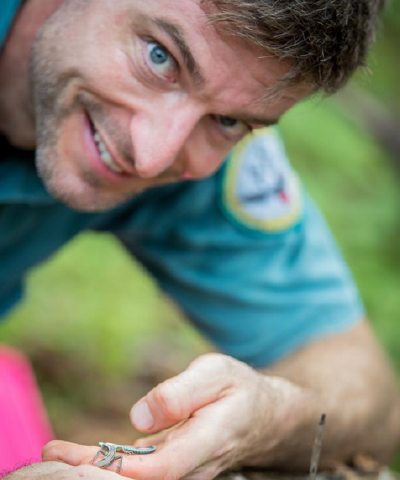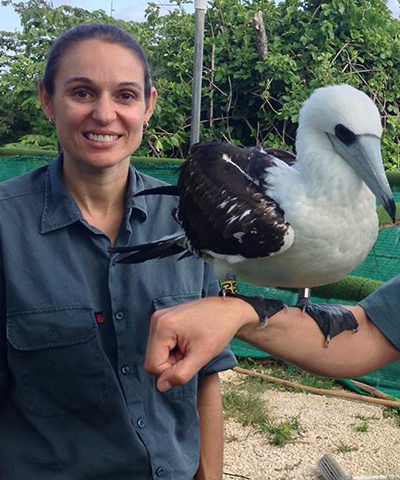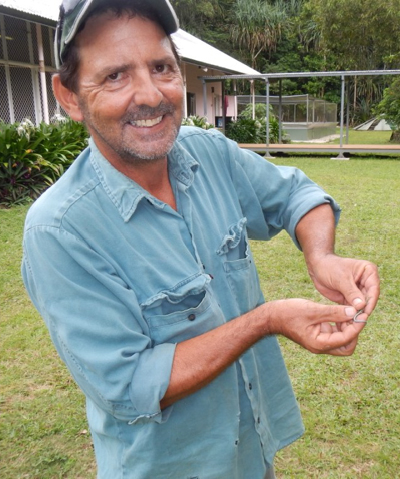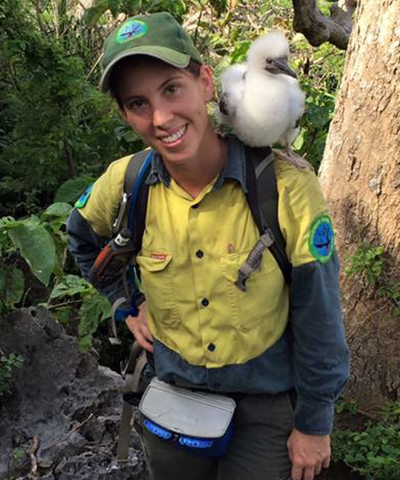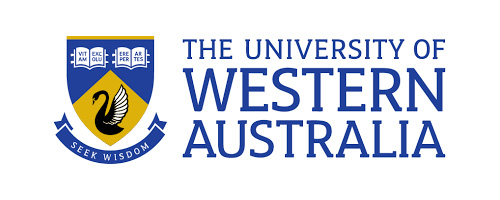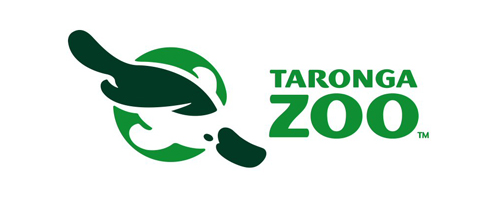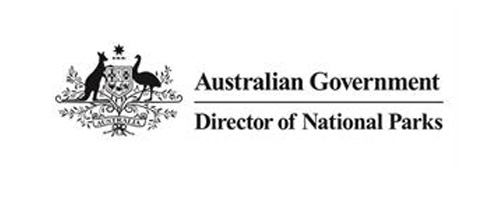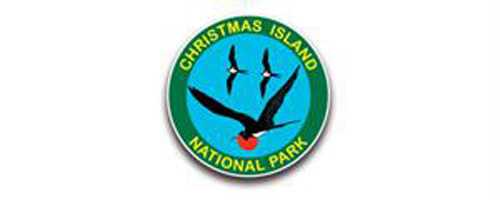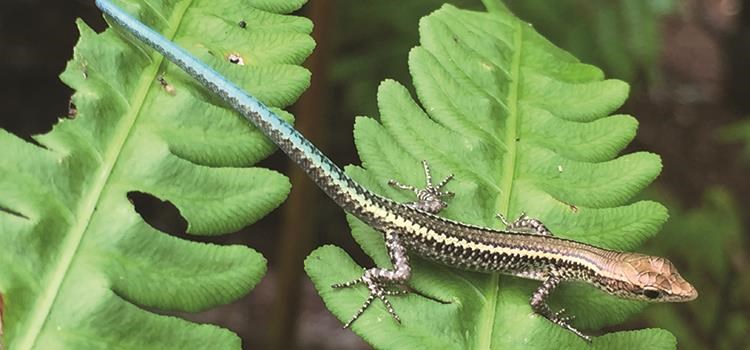
Project: 2.3.2
Options beyond captivity for two Critically Endangered Christmas Island reptiles
Project Leaders: Nicola Mitchell , John Woinarski
Research in Brief
The blue-tailed skink and Lister’s gecko are endemic to, and were once common on Christmas Island but became extinct in the wild over the last 1-2 decades. The cause of decline was not definitively proven, but most likely was predation by the introduced wolf snake.
Fortunately, some individual geckoes and skinks were taken from the wild before extinction, and these have formed the basis of a successful captive breeding program. This project is contributing to Parks Australia’s management, by evaluating options for these two species outside captivity, particularly:
- introduction to exclosures on Christmas Island where introduced predators are controlled, and/or
- introduction to the Cocos (Keeling) Islands.
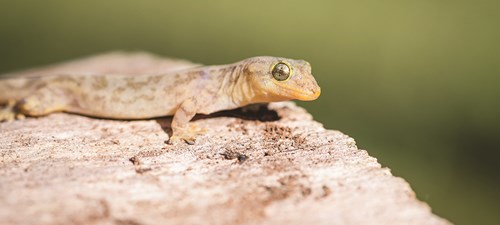

Lister's Gecko. Photo: Kirsty Faulkner
Why is the research needed?
The blue-tailed skink (Cryptoblepharus egeriae) and Lister’s gecko (Lepidodactylus listeri) were once very common and widespread on Christmas Island. However, both declined widely and rapidly from the late 1980s. The blue-tailed skink was last seen in the wild in late 2010 and Lister’s gecko in 2012, and both are presumed extinct in the wild.
Fortunately for both species, Parks Australia in partnership with Perth Zoo and Taronga Zoo collected 66 blue-tailed skinks and 43 Lister’s geckos in late 2009 and early 2010 to establish a captive breeding program on Christmas Island and at Taronga Zoo. Captive breeding has been very successful with over 1700 blue-tailed skinks and 900 Lister’s geckos now in captivity. However captive populations are a resource intensive option for the long-term conservation of both species and Parks Australia would like to investigate other complementary conservation options.
The main threat for both species in the wild is believed to be the introduced common wolf snake (Lycodon capucinus) from south-east Asia. Other potential threats include predation by feral cats, giant centipedes, yellow crazy ants and black rats; and disease, competition with introduced geckos and habitat loss. The extent to which the different threats impact blue-tailed skinks and Lister’s geckos - and interactions between the threats - are currently unknown.
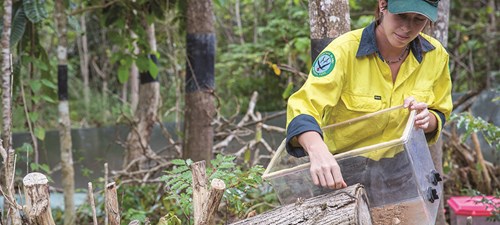
Blue-tailed skink release 2017. Photo: Kirsty Faulkner
How will the research help?
This project will investigate and assess potential options for the future of the blue-tailed skink and Lister’s gecko beyond captive management. In particular the team are working closely with Parks Australia to assess the effectiveness of soft release options, where skinks (and possibly geckoes at a later stage) are released into enclosures that largely exclude introduced predators.
A soft release trial began in early 2017 with 139 blue-tailed skinks released into a 1000m2 enclosure, surrounded by a 1 m high galvanised metal fence. There are no current plans for soft releases for Lister’s gecko, however this project will consider such options.
The objective of the soft release is to assess whether blue-tailed skinks can survive and establish a functioning self-sustaining population with minimal intervention from people, if introduced predators are controlled. If it is successful, it would allow more skinks to be reintroduced to Christmas Island ecosystems, and would be a major step in securing the future of the species.
The research team is assessing the success of the soft release by monitoring the survival and fitness of the released animals over time. The skinks will also be studied to gain important information on habitat use, behaviour, diet preferences and population dynamics. This information will be valuable when identifying and evaluating other options for the skink outside captivity, such as assessing the suitability of re-introducing skinks into areas where predators are not excluded.
The research team will also analyse options for a possible translocation to the Cocos (Keeling) Islands group, located 900 km south-west of Christmas Island. Suitability analysis will be undertaken for the 3-4 islands within the southern atolls that are considered potentially suitable, including possible predator threats, competition with introduced geckos, disease and local species that could be affected detrimentally by an introduction.
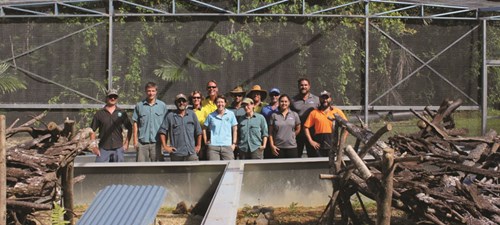
Christmas Island National Park staff and volunteers at the Blue-tailed skink captive breeding pens. Photo: Kirsty Faulkner
What research activities are being undertaken?
The blue-tailed skinks in the soft release enclosure are being monitored to note population numbers and densities. Unique markings on the skinks are being used to closely observe individuals over time, including their behaviour, habitat and diet. In the near future it is hoped to use small dipole harmonic tags to track a subset of individuals to gain more insight into the private life of blue-tailed skinks. What the team learns from the soft released animals will then be applied in the assessment of other potential soft release sites.
The project will build on preliminary habitat assessments of potentially suitable islands in the Cocos (Keeling) island group carried out by Parks Australia in 2014. The team will assess predators, possible disease and interspecific competition by using transects, quadrats, motion sensor cameras, ink pads and sand plots. Field data will then be modelled to estimate population numbers, densities and interactions with potential predators and competitors.
Who is involved?
The project is a collaboration between Parks Australia (Christmas Island National Park), the University of Western Australia and Taronga Zoo.
Where is the research happening?
The project is happening on Christmas Island and Cocos (Keeling) islands.
When is the research happening?
The research began in February 2017 and is expected to finish in mid 2021.
More Information
For more information please contact:
University of Western Australia PhD candidate, Jon Paul Emery – jon-paul.emery@research.uwa.edu.au
Top image: Blue-tailed skink. Photo: Parks Australia / Renata De Jonge
